Blog
Argentina’s Mythical Ruta 40: One Of The World’s Epic Rides
RN40, better known as Ruta 40, is the longest route in Argentina. Construction began in 1935 and the road was initially designed as a connection between the few inhabited places in the strategically important border zone with Chile. At more than 5,000 km long, it takes its rightful place among the world’s other great roads – Canada’s Trans-Canada Highway, Australia’s Stuart Highway and The USA’s Route 66. It has stirred the imaginations of many including the outlaw Butch Cassidy and writer Bruce Chatwin. An Argentinian band even wrote a song about it.
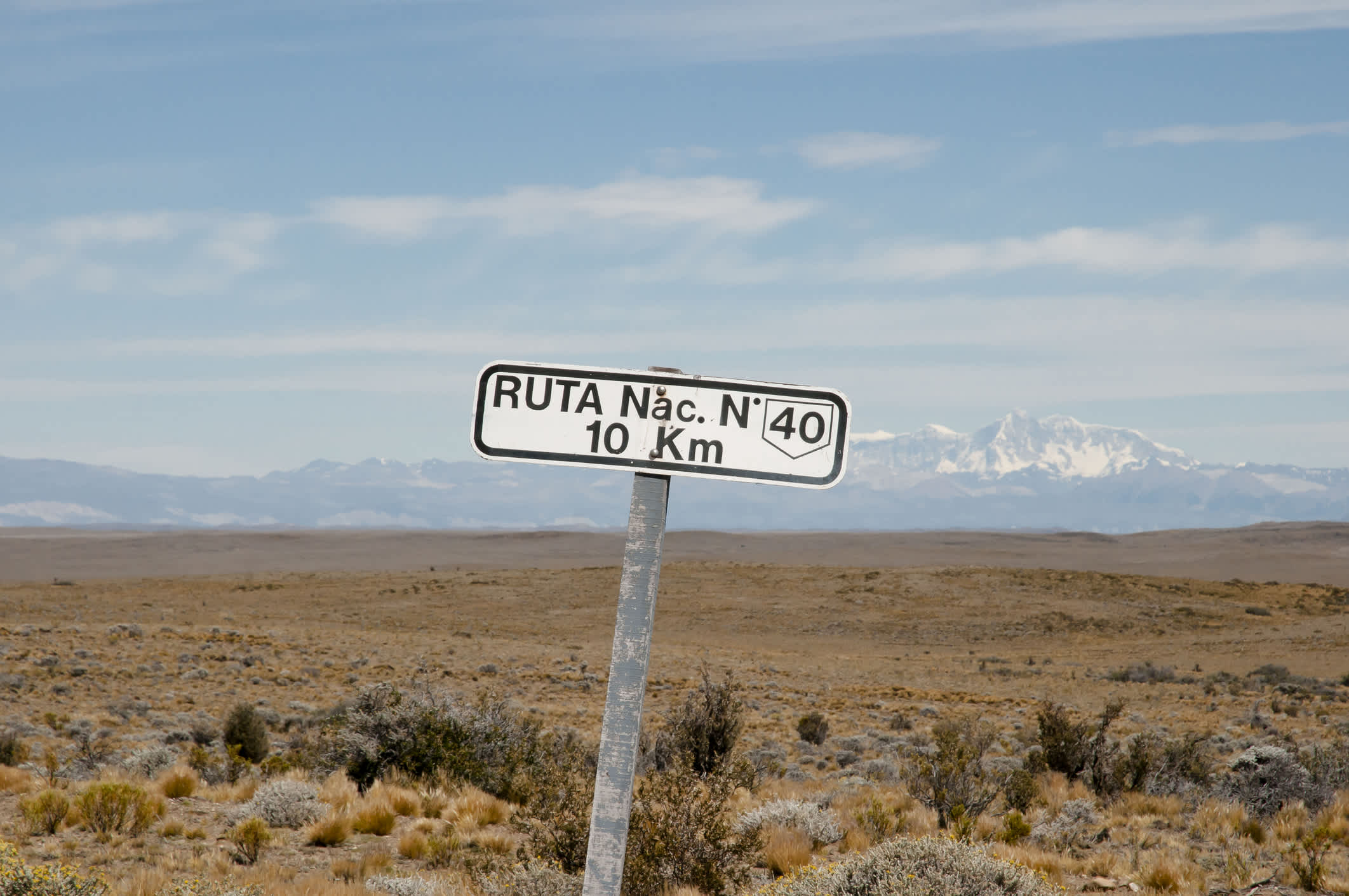
The route largely follows the course of the ancestral Inca Trail, built by the Inca Empire to link their vast territories with their capital city of Cusco, in Peru. In Patagonia it follows the path of the ancient rastrilladas of the Tehuelche natives. Most of the road runs alongside and sometimes within the Andes Mountain range, passing through some of the most extraordinary landscapes on the planet and connecting 20 national parks. It crosses 236 rivers and features 27 Andean passes (including one at 5,000 m). The elevation varies from its lowest point at 39 m above the sea level by the lighthouse at Cabo Vírgenes, (Cape Virigns) in Santa Cruz, Patagonias to 3,460 m in the border town of La Quiaca, Jujuy. It crosses 11 provinces and passes through three provincial capitals -Mendoza, San Juan and Río Gallegos. It’s length spans almost 30 degrees of latitude, from 22° 45’S to the parallel of 52° – from the tropics to cold Patagonian glaciers. With its hairpin bends and endless straight sections buffeted by violent gusts across the deserted steppe, Ruta 40 is easily considered one of the world’s most epic rides.
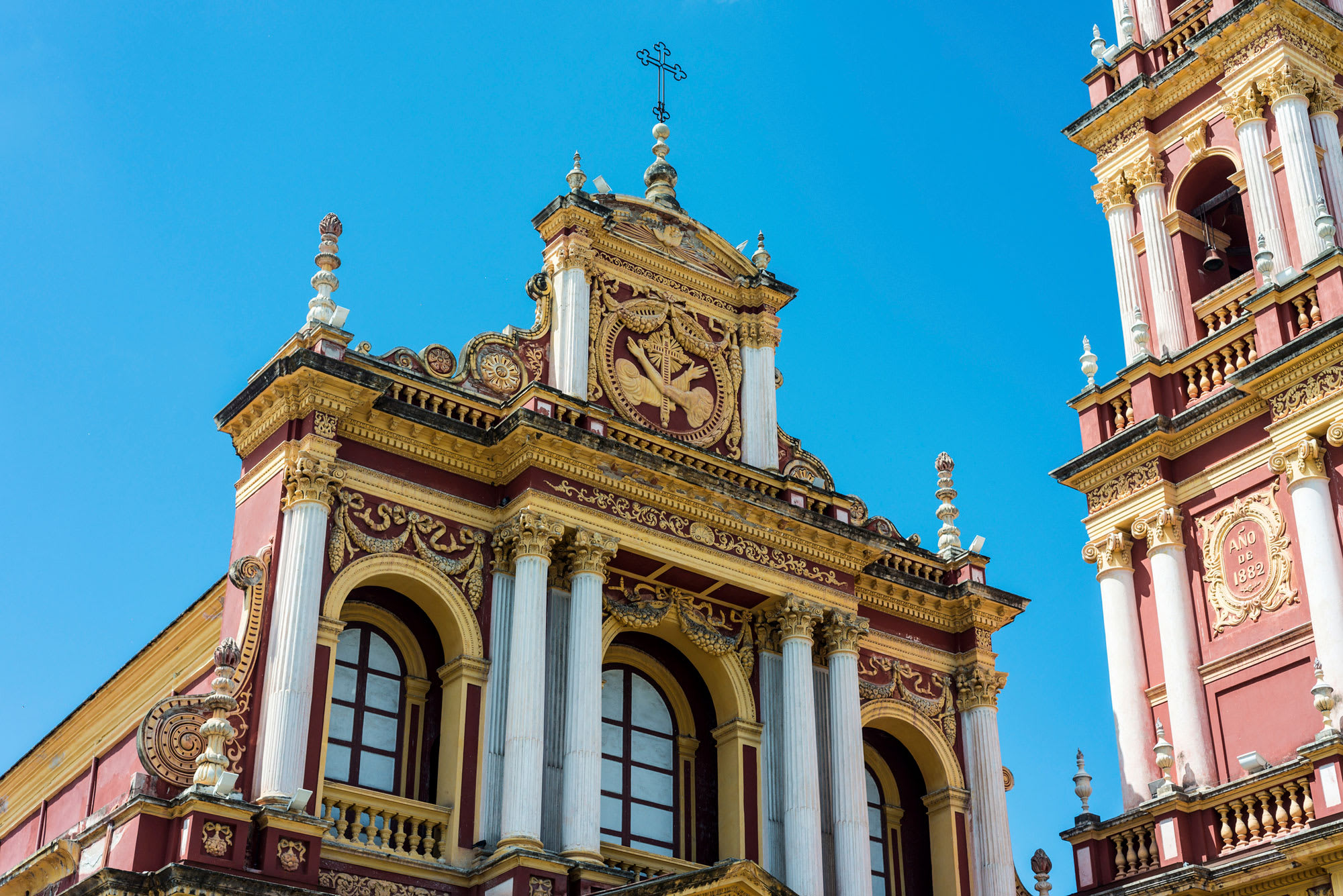
Iglesia San Francisco, Salta
Cyclists taking part in TDA Global Cycling’s South American Epic Cycling Expedition will be delighted to discover that they will cover over 1100 km of this legendary road during the Expedition’s ‘Across the Andes‘ section that runs from Salta, Argentina to Santiago, Chile. In fact, the riders will re-join Ruta 40 over a month later in Patagonia for another 265 km!
>>Related Post: Cycling Patagonia: Everything You Need To Know
The ‘Across the Andes’ section begins in Salta, Argentina, known for its Spanish colonial architecture and Andean heritage. This city was originally on the Ruta 40 until a new road was built further west so now the riders will have to wait until the town of Cafayate, 200 km away, to start cycling on the official route. For the next 1100 km, until Mendoza, they will experience the history and sights of this fabled road.
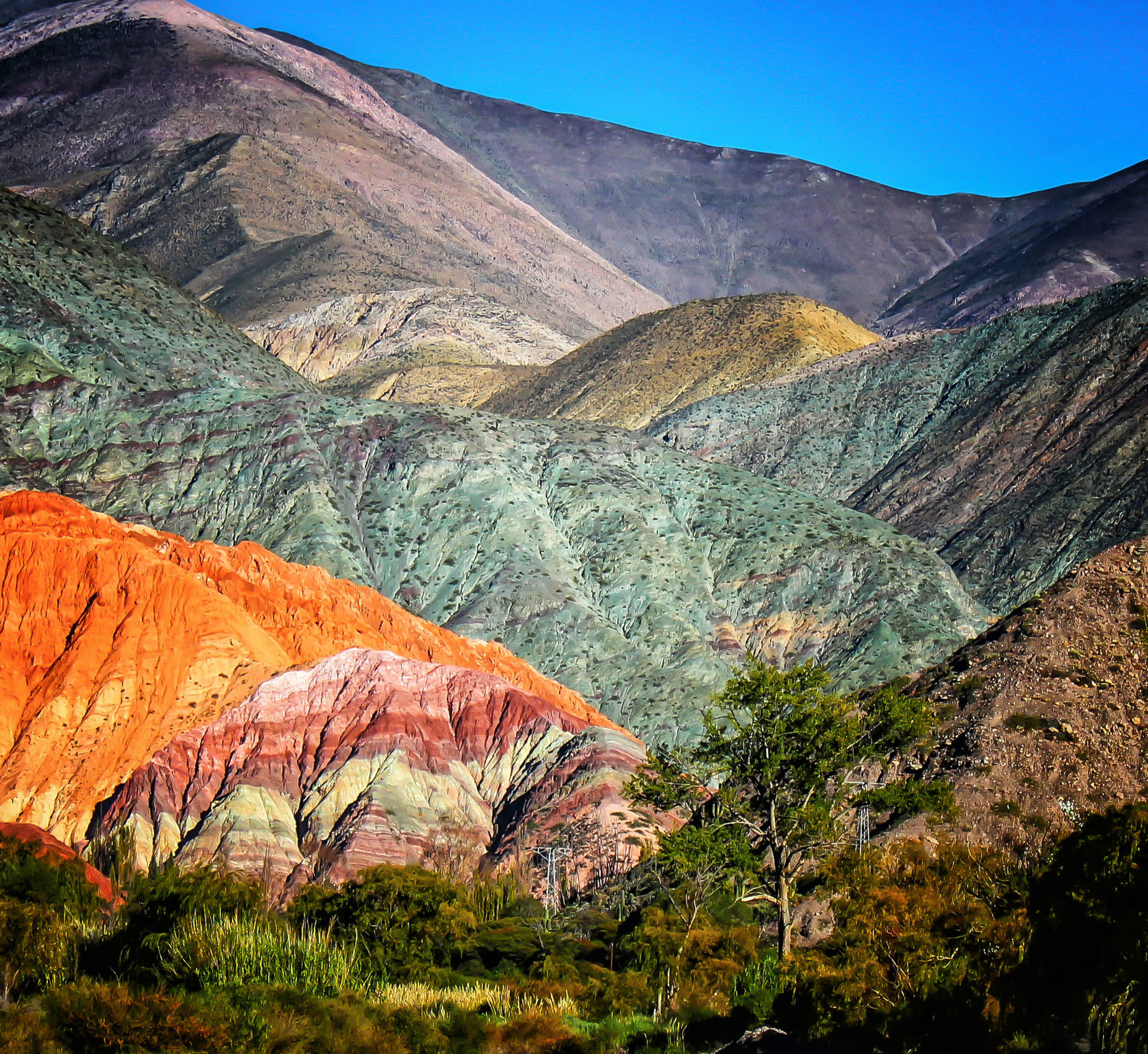
The town of Cafayate is well known for the red rocks of the Quebrada de las Conchas and the Garganta del Diablo as well as local wineries like Finca Las Nubes which specializes in the Torrontés varietal. Heading south on Ruta 40 the landscape shifts from Triassic badlands to mountainsides striped with rocks of green, yellow, red, brown, purple, white and pink.
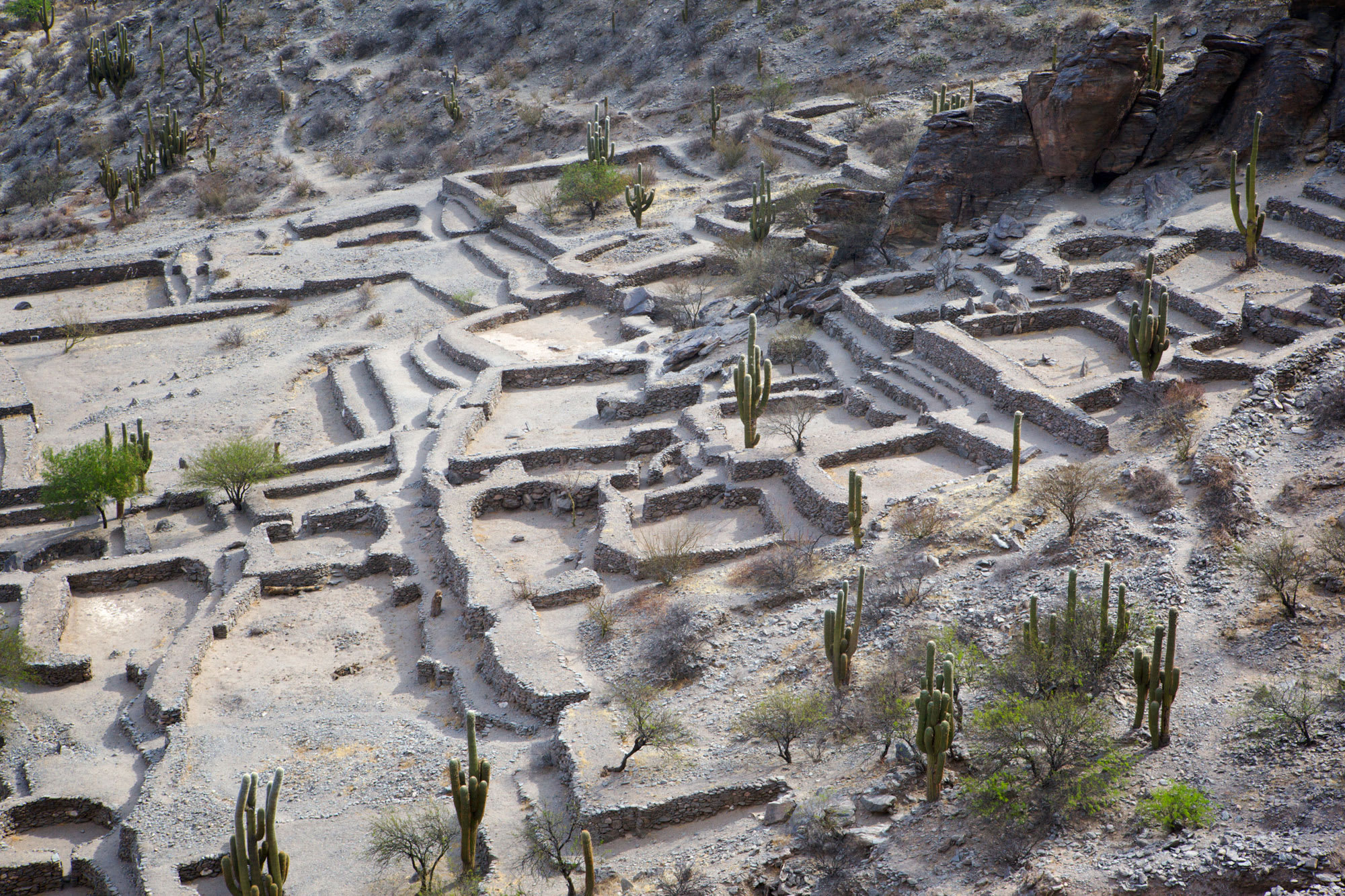
Quilmes
On the road to the small town of Santa Maria, a 5 km detour leads to the well-preserved pre-Colombian ruins at Quilmes (A. D. 1000).There are some great views to be had by climbing the surrounding hills but be aware that in addition to the hot sun, there is, according to Lonely Planet, ‘a large fly population keen on exploring your facial orifices.” The original indigenous inhabitants managed to co-exist with the Incas but in 1667 the Spanish deported the surviving members of the community to Buenos Aires, where a few descendants still remain. In fact, one of Argentina’s most famous beers, ‘Quilmes‘, is named after the area in Buenos Aires where the inhabitants were exiled to and where the company’s first brewery was established.
RELATED
TOUR
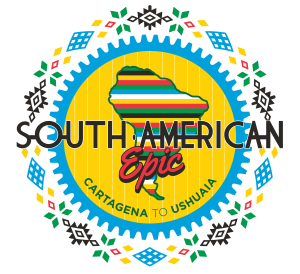
South American Epic
This challenging expedition offers you the best opportunity to explore the vastness and diversity of South America by bike. In keeping with the TDA...
After Santa Maria, the road weaves through the Valle Calchaquí, past dry riverbeds and scrubland with views of far-off, snow-covered mountains. Refreshments are available in the picturesque tiny village of Hualfin, surrounded by red rock walls. Approaching Belén, known as one of the best places to purchase a poncho, the scenery changes as the route enters the Quebrada del Complejo Termal, a red sandstone gorge formed through geothermal activity.
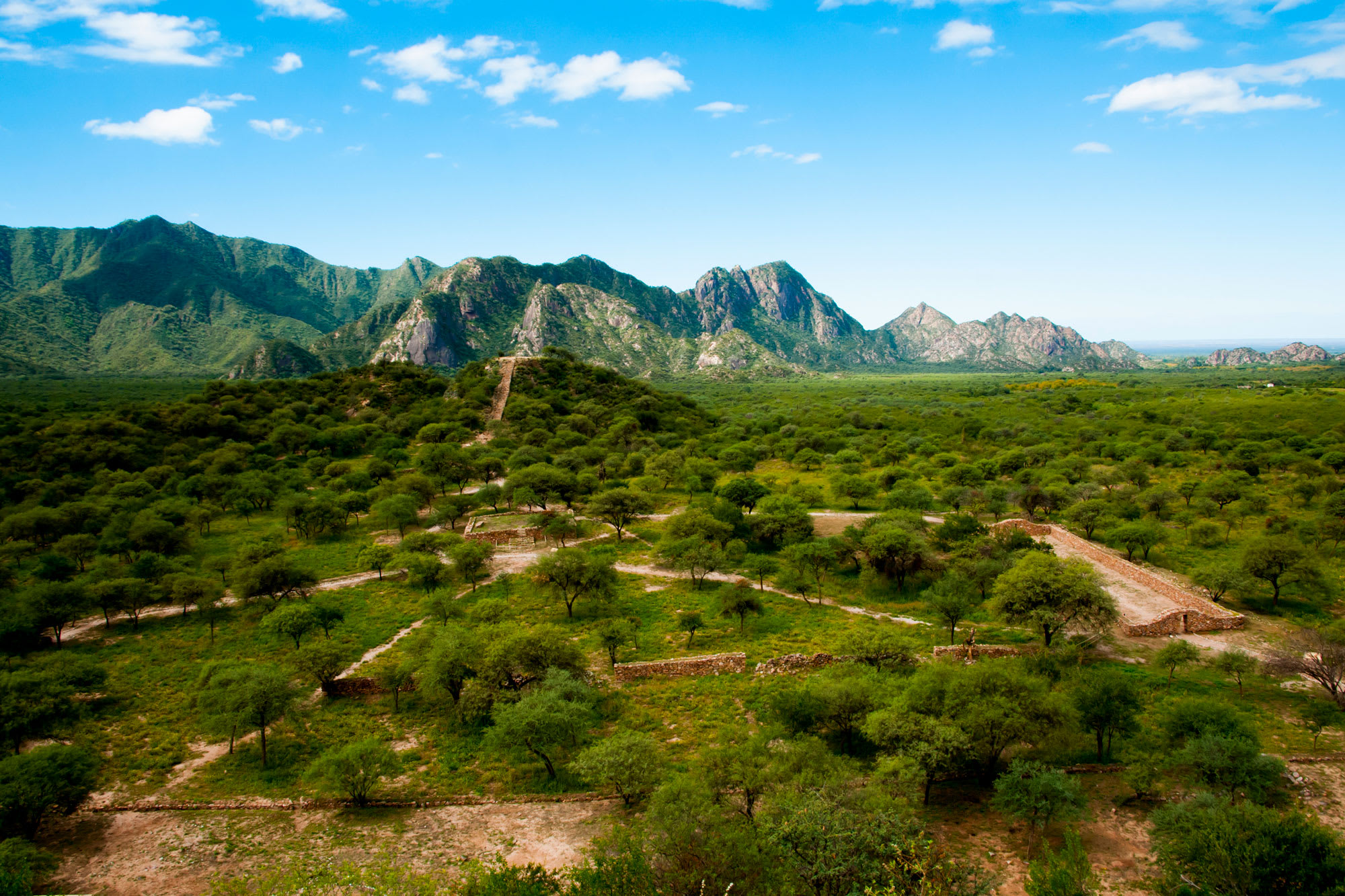
Ruins at El Shincal
Next up is the languid little town of Londres, named after its slightly more famous twin in Britain, founded in 1558 and the second oldest town in the country. It is a base for visiting the Inca ruins at El Shincal, once the capital of the Incan southern provinces. The setting is spectacular and the views are amazing. Be sure to bring your Spanish language skills as all information is in the local dialect.
Heading south, the route is spectacular, following a valley flanked on the west by the Sierra de Famatina range and to the east by the Sierra de Velasco. This is one of the highest areas of the Andes with some mountains reaching up to 6,000 m above sea level. Next up is the Wild West mining town of Chilecito. Dotted with cardon cacti, it is a good base for several attractions in the surroundings: old villages, rock formations and one of the world’s highest mountain railways which , unfortunately, has been recently shut down.
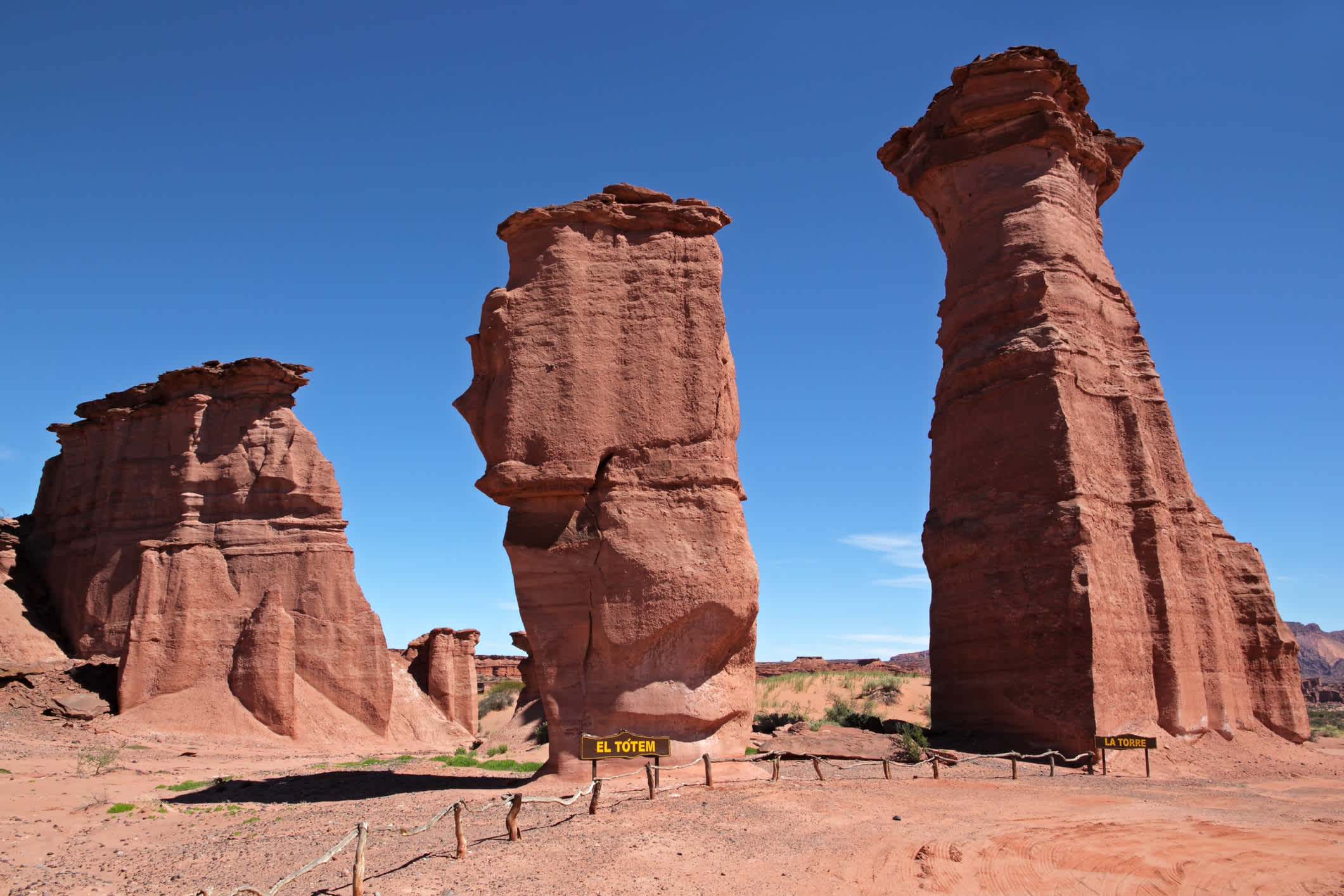
Sandstone rock formations, Talampaya
The road now bends to the west and heads to the city of Villa Union, beautifully situated amidst the intense red mountain ranges of the Sierra de Famatina and the Sierra de Maíz. On the way it passes through a spectacular gorge, the Cuesta de Miranda. The city, which produces some delicacies like Vino Patero (foot-stepping wine) and dried fruits, is the perfect base for exploring Talampaya and Ischigualasto National Parks, both UNESCO World Heritage Sites. Talampaya is focused around an immense red sandstone canyon littered with surreal rock formations while Ischigualasto is dominated by a moonscape of greyish dust. Dotted around this aptly named Valle de la Luna (Valley of the Moon) are petroglyphs and fossil sites.
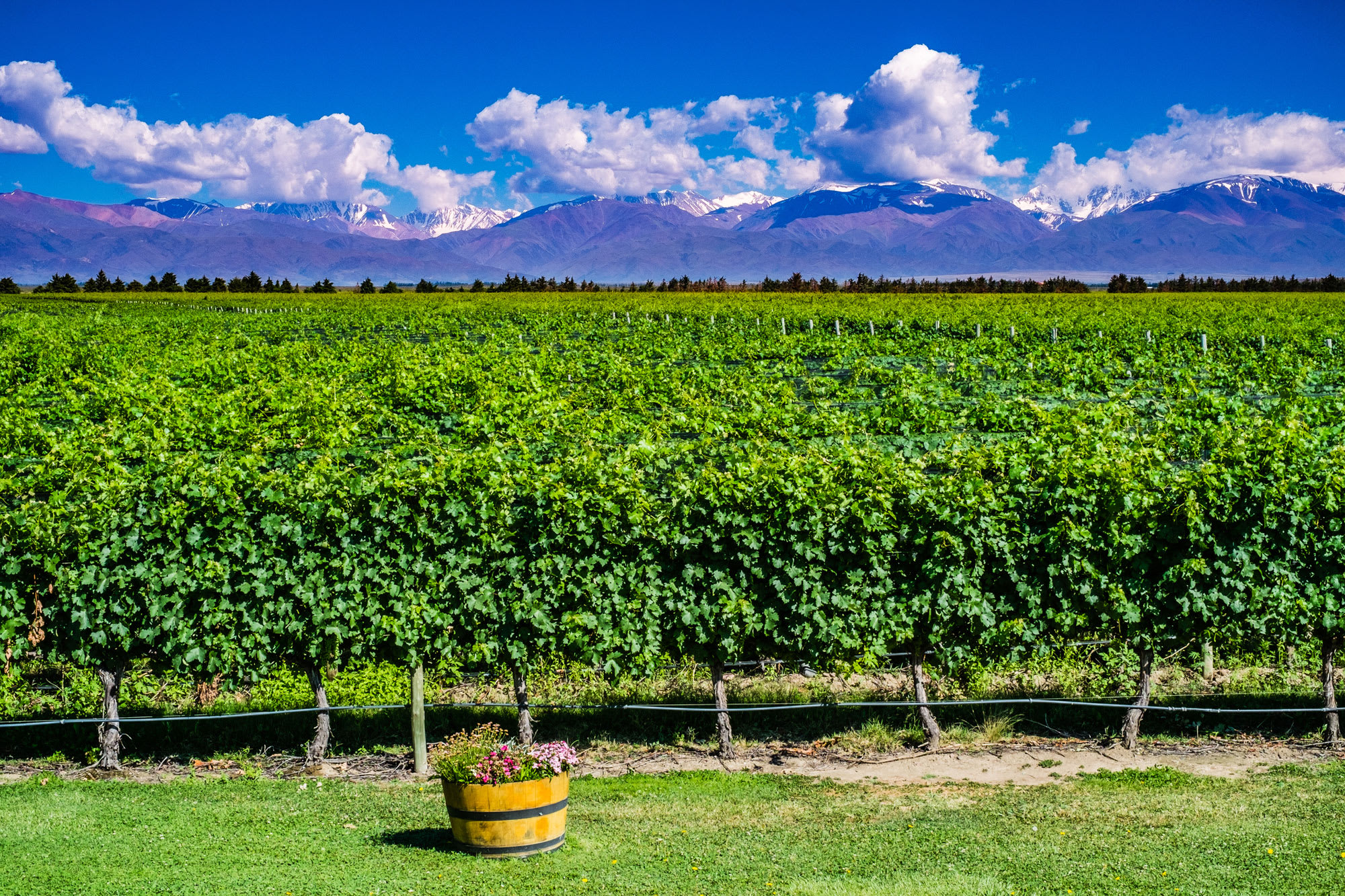
Vineyard near Mendoza
Dry, hilly landscapes dominate the next stretch with the oasis town of San José de Jáchal providing a welcome break. The road passes through San Juan, the provincial capital and site of a 1944 earthquake that killed more than 10,000 people, and skirts the sand desert near Lavalle, the only desert or that kind in South America. Before long the famous vineyards of Mendoza begin to appear. Despite the fact that the area is technically a desert, sparkling irrigation ditches line the roads and burbling fountains adorn leafy plazas throughout the city.
At this point, the cyclists on the South American Epic, after raising a glass or two of Mendoza’s famous Malbec, will reluctantly leave the legendary Ruta 40 and head west, up over the Andes and into Chile, continuing their quest for Ushuaia and the southern tip of the continent.
 REGISTER NOW
REGISTER NOW

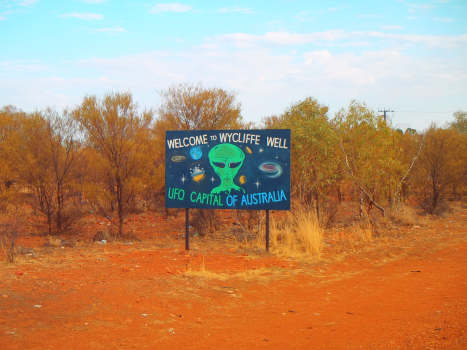

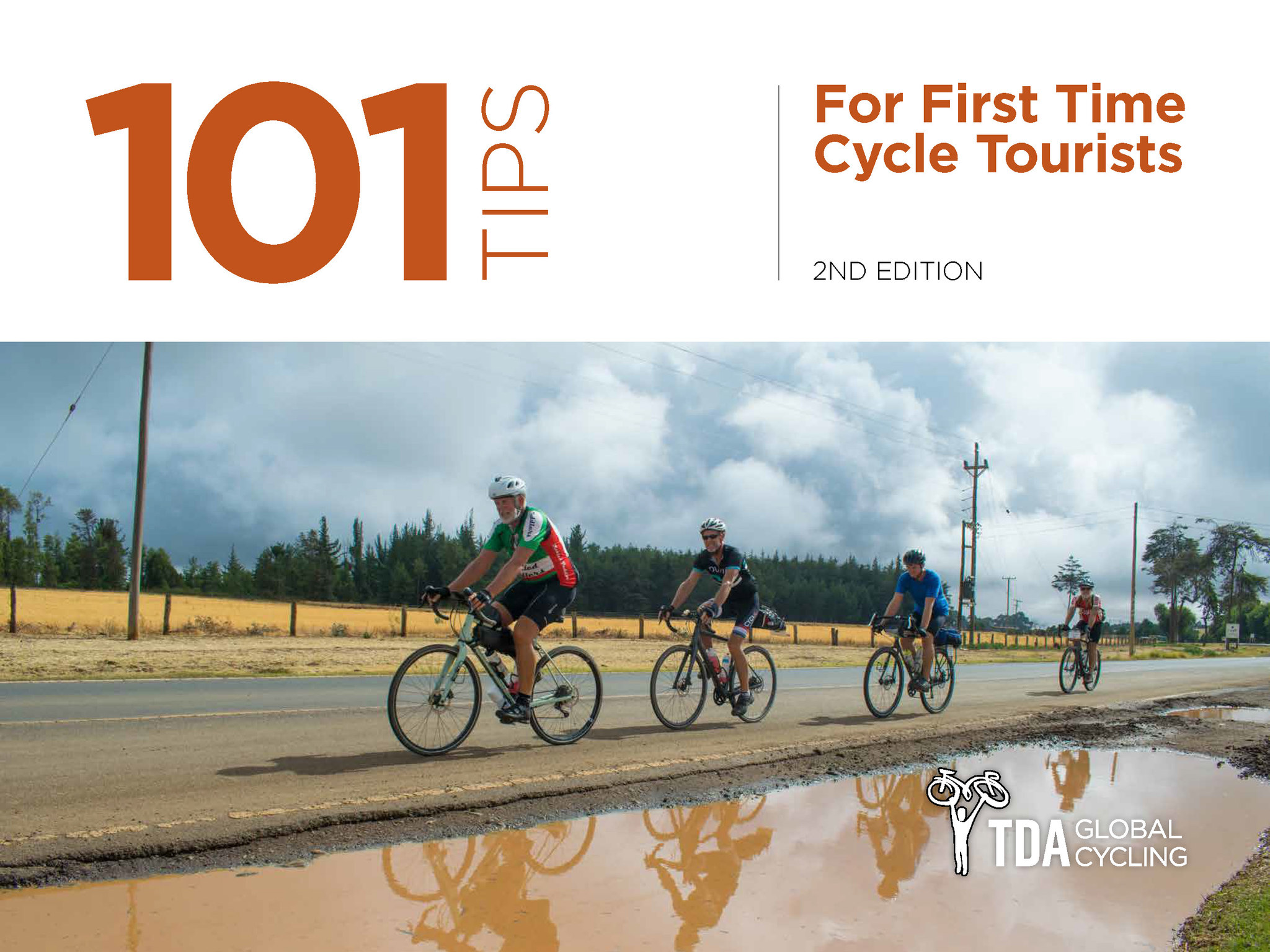
4 Comments for "Argentina’s Mythical Ruta 40: One Of The World’s Epic Rides"
What type of bicycle would be required? Michael
Hybird/Cyclocross able to handle wider tires.
Is the 40 pathed or repio?
What sort of tyers would be good?
It is paved during the section this blog covers but other parts are unpaved. 38mm tires would work on the paved sections burn parts can be rough.